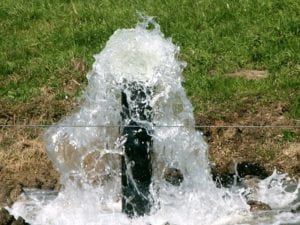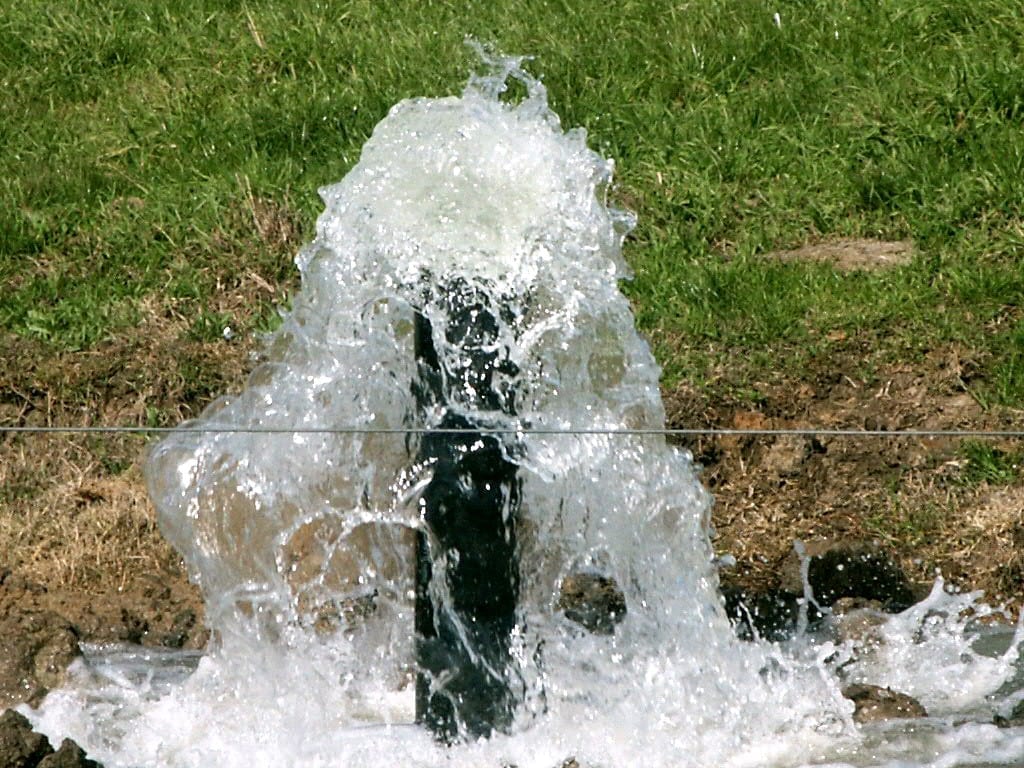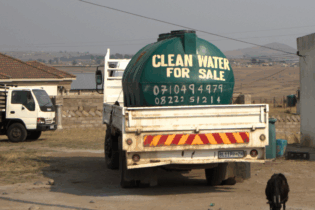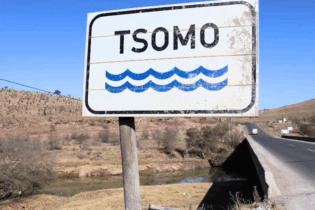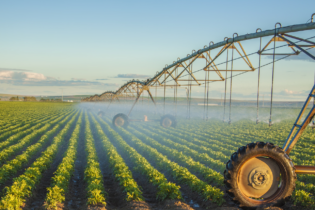Long-term groundwater management strategy needed
Groundwater is incorrectly perceived as an unlimited water resource and is therefore often abused, according to Professor Eugene Cloete, the university’s vice-rector of research, innovation and postgraduate studies. He said: “It is of paramount important to understand the groundwater cycle as part of the water cycle in order to manage this valuable water resource.” He added that this project is a step forward in establishing a sustainable groundwater management strategy for South Africa.Science behind the project
According to Miller, the modelling of groundwater resources is “not a new thing”. Because South Africa is geologically very complex, we need more site-specific data to accurately model what is happening to our groundwater in different catchments, she explained. Miller also emphasised the significant difference between modern groundwater, young groundwater and what hydrogeologists call fossil groundwater. Modern groundwater is water that has been recharged by rainfall in the last 50 years. Young groundwater has been lying underground for a couple of centuries, and fossil groundwater or deep water has remained untouched for millennia.She said it was important to understand how regularly groundwater gets recharged to determine whether it is a renewable resource or not.
To determine when last groundwater has been recharged, Tritium (3H), the radioactive isotope of hydrogen, is used. This gas determines when last water (which has already entered the groundwater system) was last in contact with the atmosphere. Tritium is naturally produced in the stratosphere and is rained out on the earth’s surface. Once it enters the groundwater system and becomes isolated from the atmosphere it decays at a constant rate. “Therefore, the longer groundwater is isolated from the atmosphere, the lower the tritium concentration,” Miller said. “By knowing the concentration of tritium in rainfall and the concentration in a groundwater reservoir, we can predict how regularly the water is being recharged. “Once we know this, we can model how renewable the resource is as well as how vulnerable it is to variations in climatic conditions, such as a reduction in rainfall,” she added. With such a model, the team will be able to identify areas that have renewable groundwater resources for sustainable agricultural developments, as well as those areas where the water resources need to be protected.

